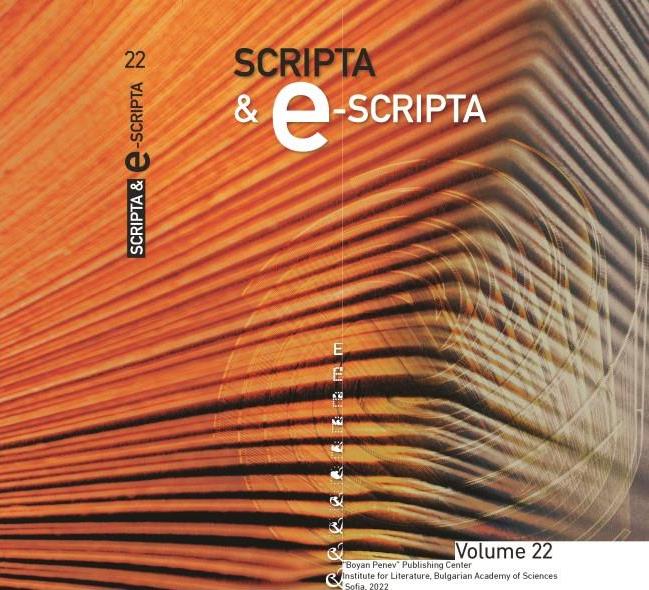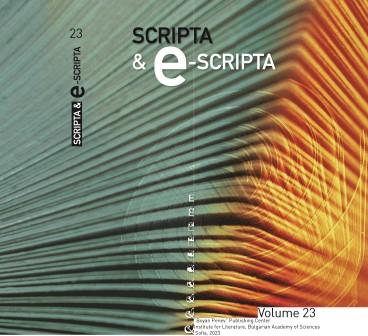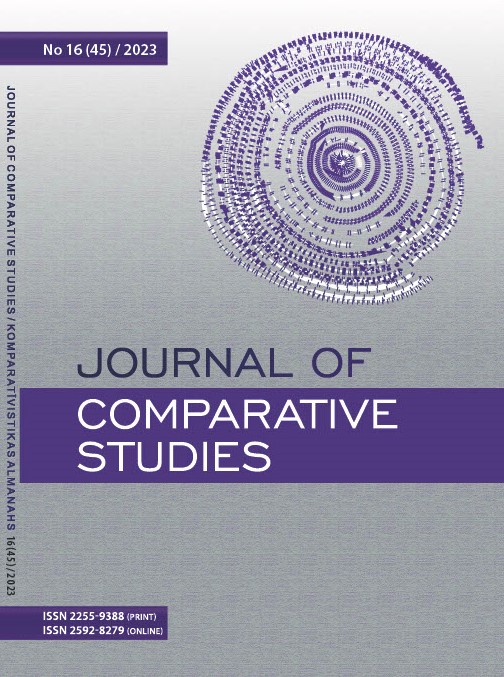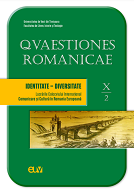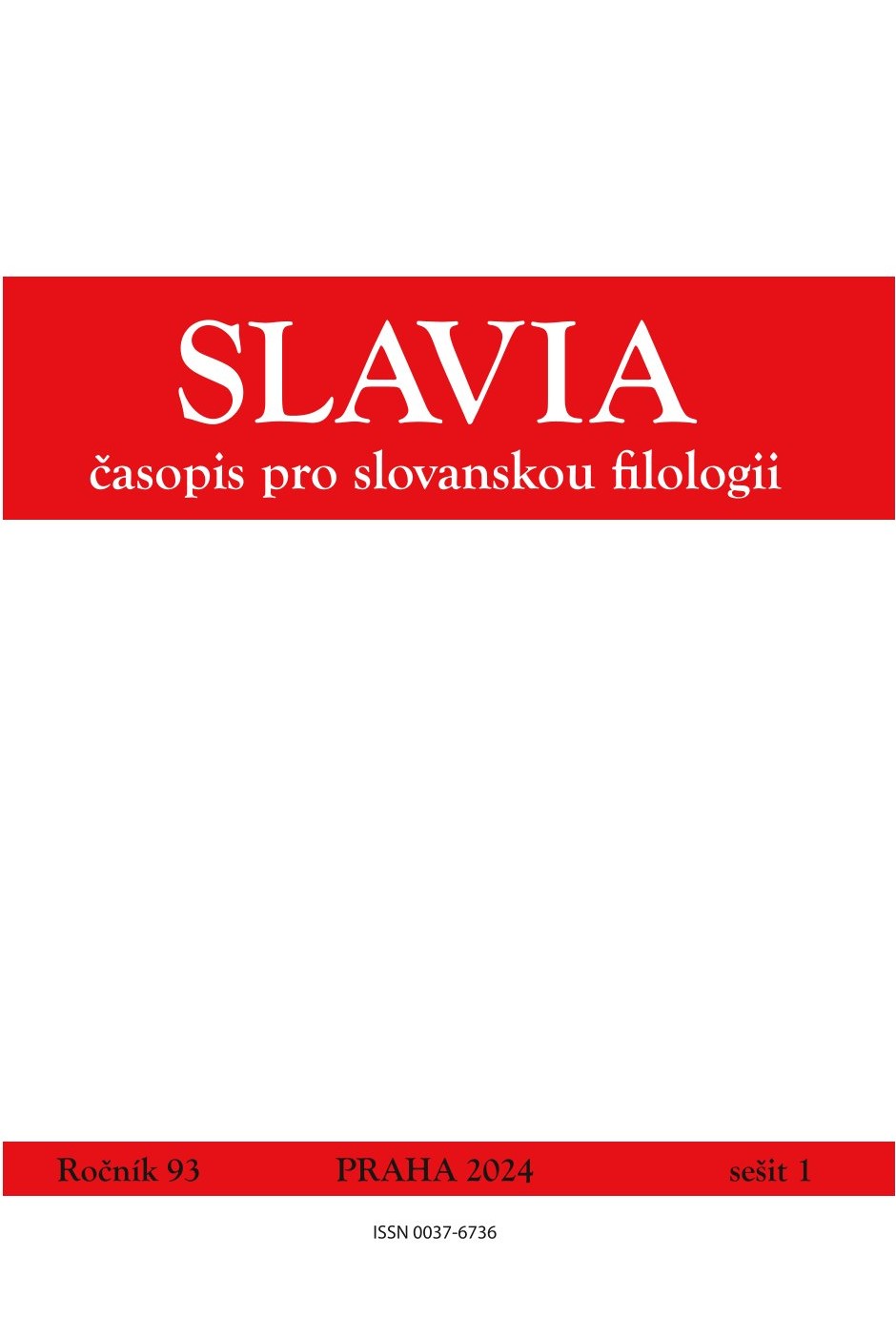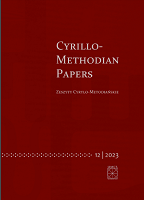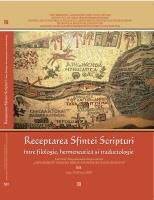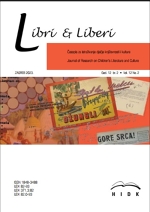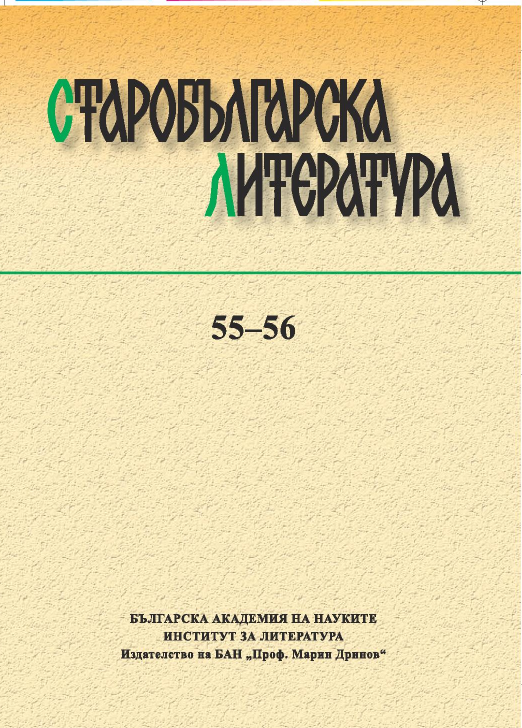
Фрагментът О видѣнии ѥже видѣ пророкъ Даниилъ в славянската ръкописна традиция
The subject of this article is the origin and dissemination of a short fragment containing the name of the Prophet Daniel. The author examines the fragment’s relation to the complete translation of St. Jerome’s Commentary on the Book of Daniel and reviews the reception of this Old Testament book in Eastern Europe together with its use in Slavonic miscellanies as a new source for literary interpretations. The fragment appears in Slavonic manuscripts of Russian, Western Russian, and Moldovian origin from the 13th through the beginning of the 17th century. It even appears in a document from the collection of the Greek-Catholic Chapter in Przemyśl (Poland), which further testifies to its wide dissemination. Comparisons of this fragment with other works reveal not only discrepancies in the Greek sources’ rendering of Biblical verses, but also variations in the language preferences of the different translators. The text illustrates a variety of compilation techniques for creating medieval miscellanies and points to preferred sources for creating new works. It is a compilation of heterogeneous works aimed to satisfy readers’ curiosity and prepare its audience for the arrival of the Antichrist.
More...
